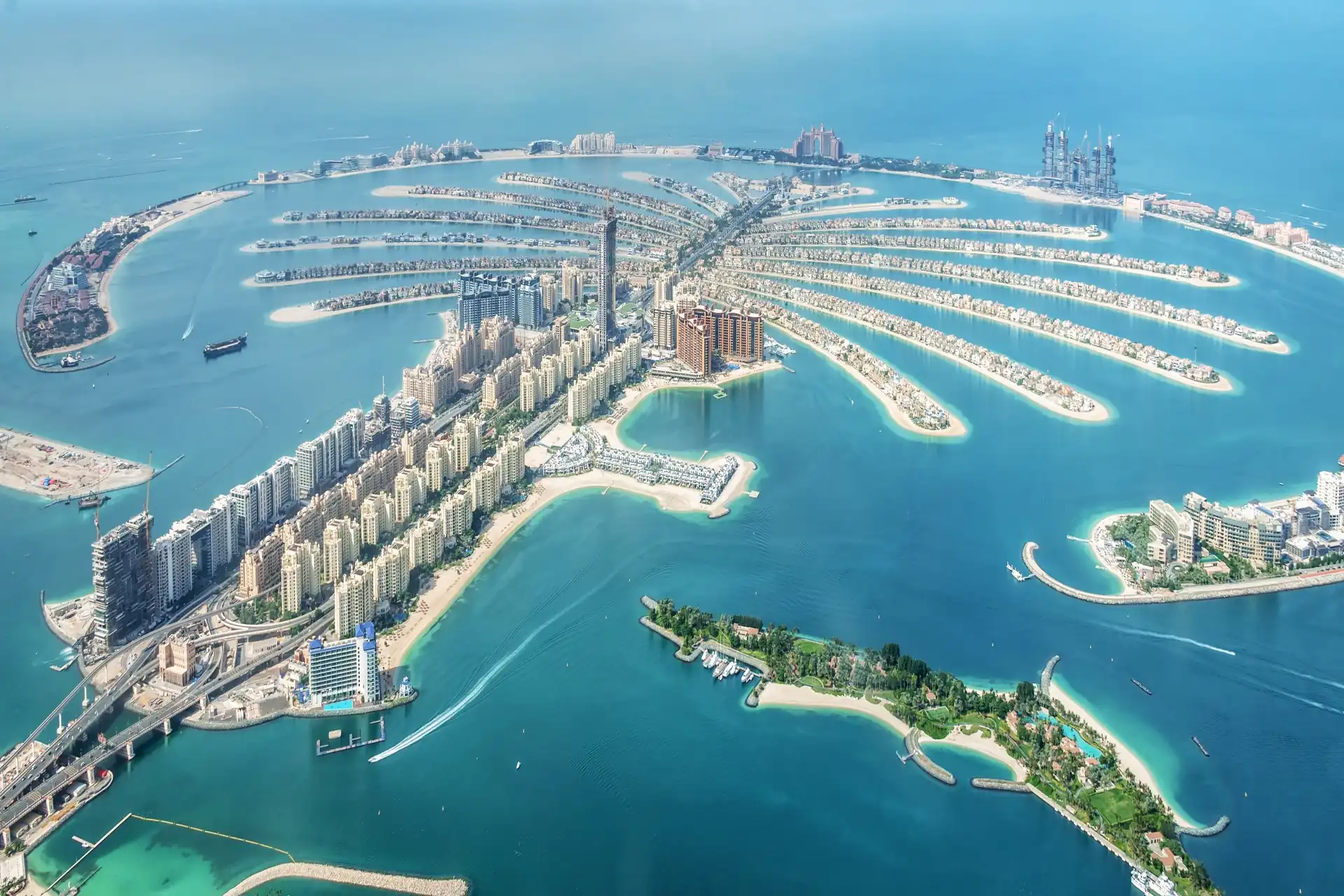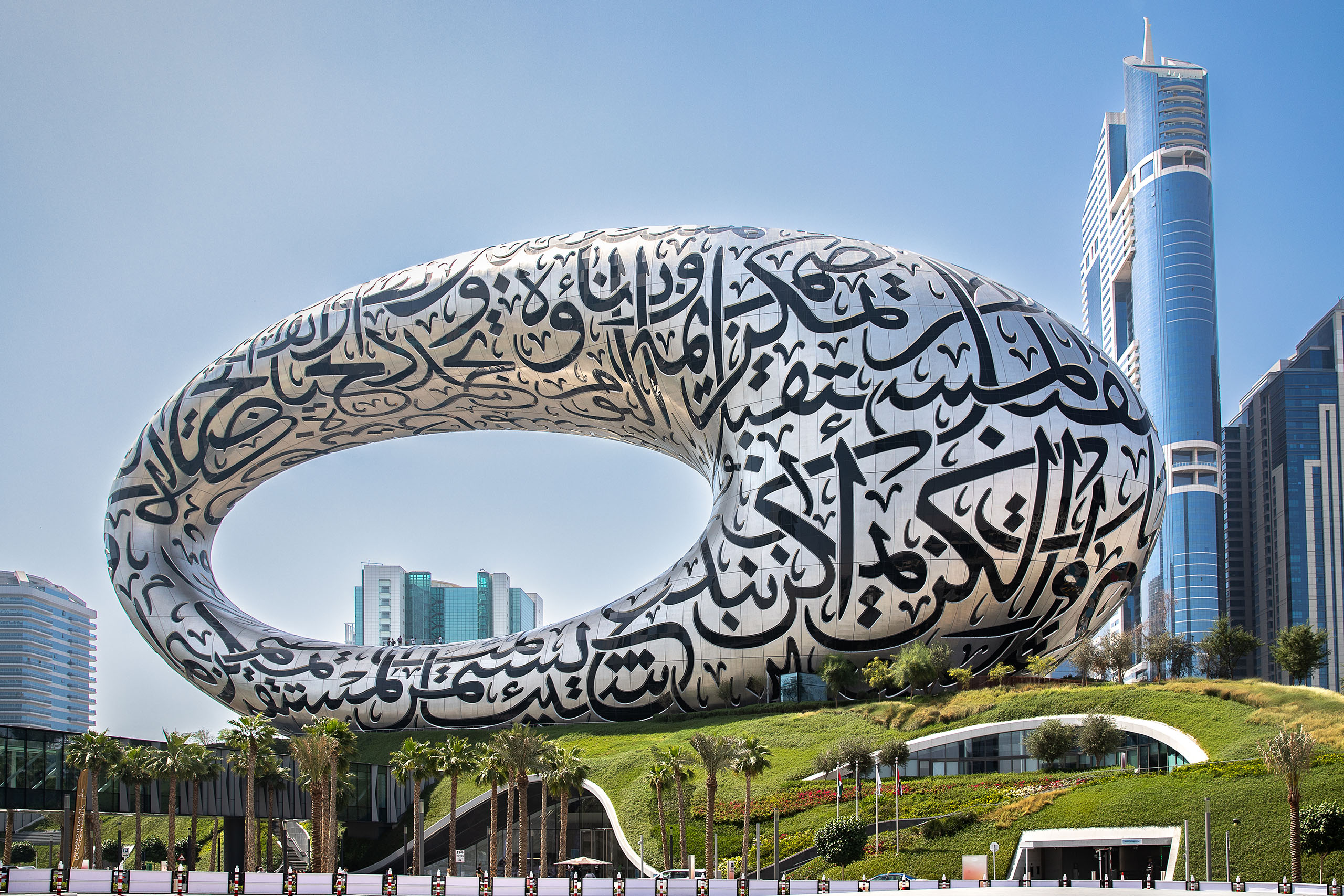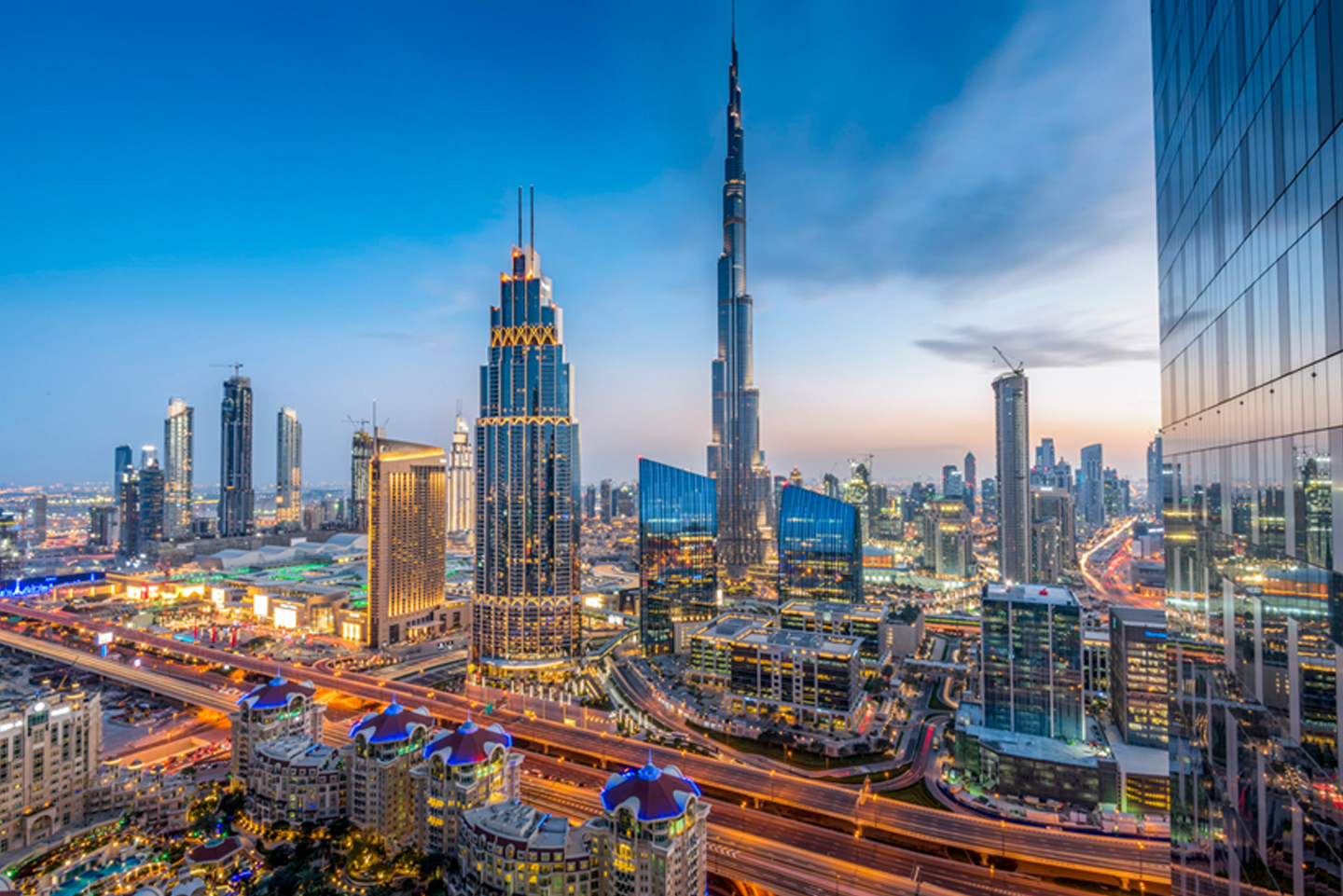United Arab Emirates
The Middle East is known for its tumultuous history. Because of this, it is probably one of the least-explored regions in the world, even though it holds some amazing treasures. Home to man-made islands and the tallest building in the world, the Burj Khalifa, Dubai (and the United Arab Emirates in general) is a mecca for over-the-top luxury and decadence.
Best time to Visit:
The Middle East can generally be described as hot and humid. The months of Spring, March-May, are considered the best time to visit. It is warm, but not terribly hot, and wild flowers are in bloom in mountainous regions.|The month of May also marks the first bi-annual migration of the Berbers across the Atlas Mountains, which makes for a great trekking expedition.
Summer, June-Aug, can be scorching hot with temperatures exceeding 110 degrees Fahrenheit- makes for miserable sightseeing.
Autumn, Sept-Nov, temperatures begin to cool down in some areas, such as Egypt, Israel, Morocco, and Jordan. However, they can still be quite hot in Dubai. September marks the second bi-annual migration of the Berbers.
Winter, Dec-Feb, temperatures remain warm in most areas, but temperatures tend to drop at night in some areas like the Sahara desert in Morocco and Wadi Rum in Jordan (take layers).
Things to See and Do in The Middle East
Related Articles
No articles found
November 19, 2020








